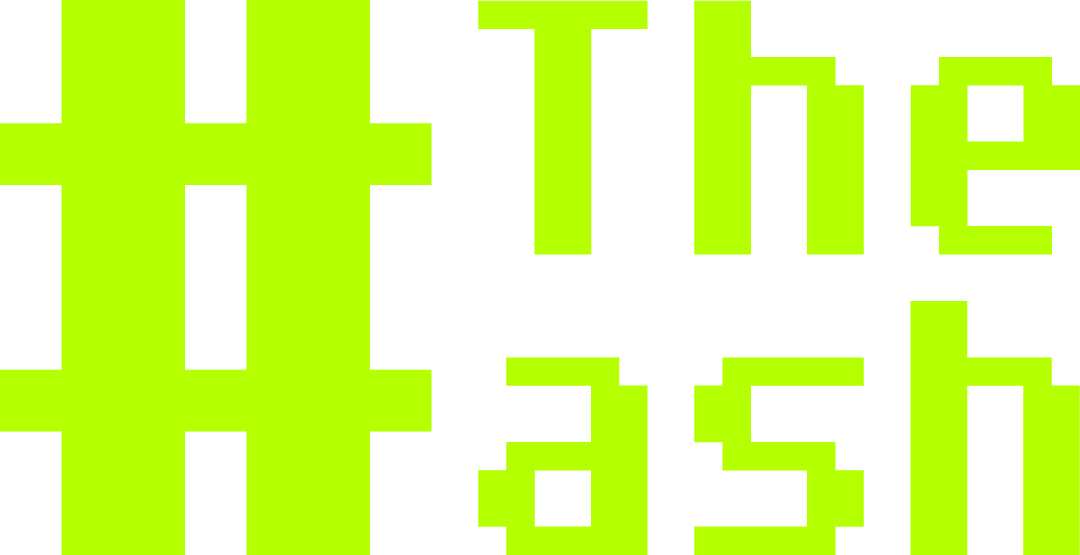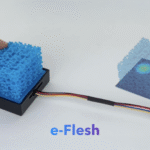A new open-source project is making waves in the maker community by offering a complete DIY solution for creating personalized “dream recordings.” The Dream Recorder, developed by Modem Works, doesn’t actually record dreams from brain activity – instead, it’s an ingenious bedside device that captures voice descriptions of dreams and transforms them into AI-generated videos.
How It Works:
The Dream Recorder is built around a Raspberry Pi 5 and features a sleek 7.9-inch display housed in a 3D-printable translucent enclosure. Users interact with the device through simple taps: a single tap plays the latest dream video, while a double tap begins recording a new dream description.
When recording, users describe their dream aloud, and the device uses OpenAI’s text-to-speech and prompt generation services to process the audio. The description is then sent to LumaLabs’ AI video generation service, which creates a 5-second cinematic video interpretation of the dream at 540p resolution in 21:9 aspect ratio.
Affordable DIY Approach:
The complete bill of materials costs approximately €285, making it accessible to hobbyists and makers. The project includes detailed assembly instructions, from Raspberry Pi setup to 3D printing the custom enclosure. All necessary STL files and even pre-sliced G-code files are provided for the translucent two-part housing.
The operating costs are remarkably low: OpenAI services cost less than $0.01 per dream, while LumaLabs video generation costs approximately $0.14 per dream. Users need to add credits to both services – around $5 for OpenAI and $20 for LumaLabs is suggested to get started.
Technical Features:
The device runs on Docker containers for easy deployment and management. It includes:
- Touch-sensitive interface for dream recording and playback
- Automatic screen rotation for the horizontal display
- Web-based dream management accessible from any computer on the network
- Comprehensive logging and debugging tools
- Configuration management through a command-line tool called dreamctl
The project’s architecture uses a modular approach with separate services for GPIO handling, web interface, and AI API integration, making it extensible for developers who want to add features.
Creative Applications:
While the device doesn’t capture actual dreams like the scientific research projects making headlines, it offers a unique creative outlet for dream journaling and storytelling. Users can build a personal library of dream videos, creating a visual diary of their subconscious narratives.
The Dream Recorder represents a fascinating intersection of maker culture, AI services, and creative expression – offering a tangible way to preserve and visualize the fleeting memories of our dream worlds.
Getting Started:
The complete project is available on GitHub at github.com/modem-works/dream-recorder, including detailed assembly instructions, 3D printing files, and setup guides. The project requires basic technical skills including Raspberry Pi setup, 3D printing, and command-line operations, but provides step-by-step guidance for each component.
For makers interested in the intersection of AI and personal creativity, the Dream Recorder offers a compelling weekend project that transforms bedside dream journaling into an immersive multimedia experience.







